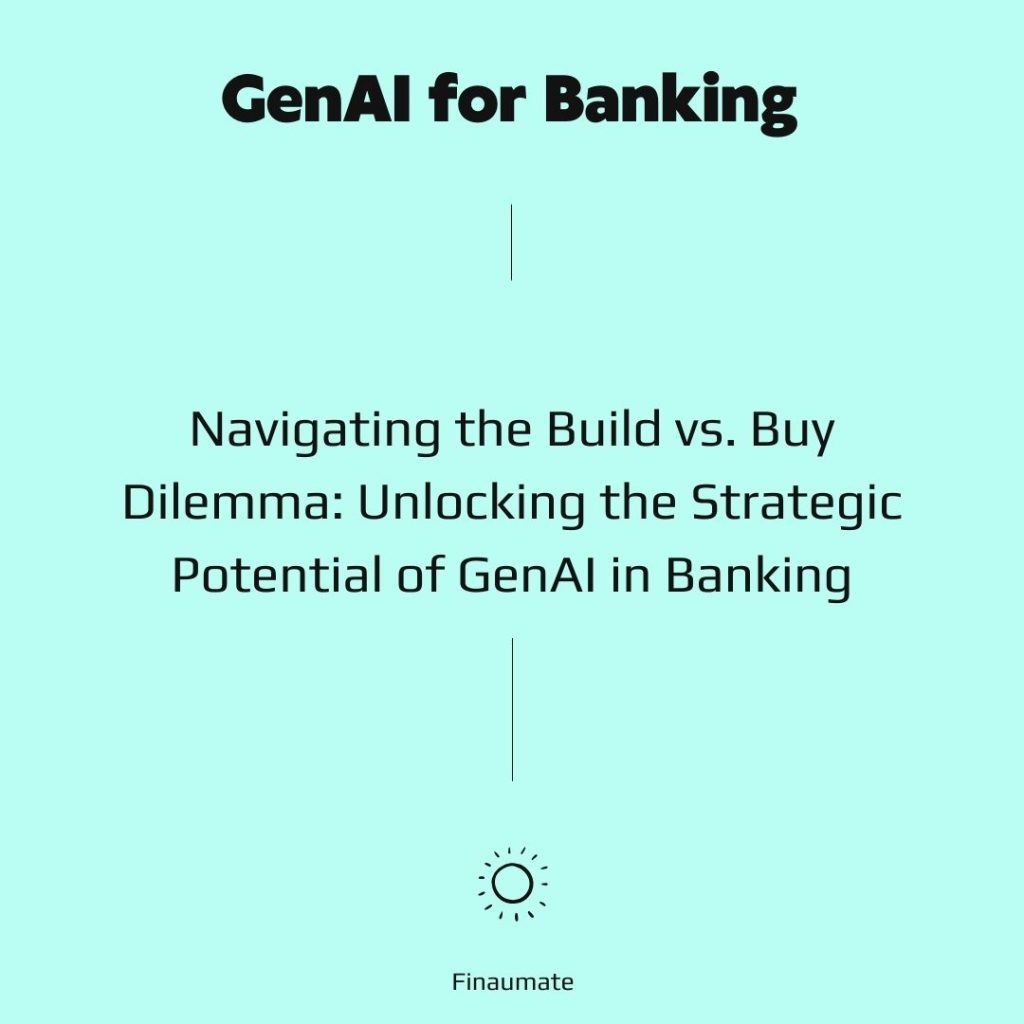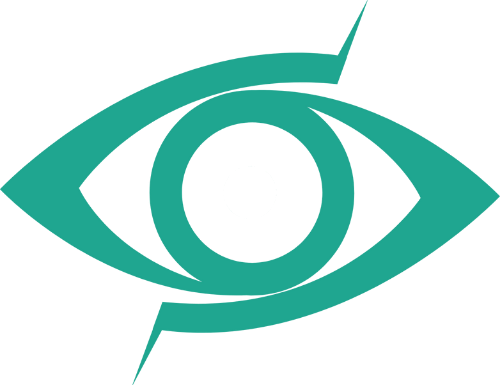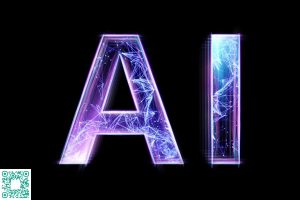As financial institutions embrace digital transformation, the potential of Generative AI (GenAI) in banking has sparked a key debate: should we build or buy? Although the potential is huge as also McKinsey explains HERE, GenAI offers unparalleled opportunities to enhance efficiency, automate processes, and gain a competitive edge. However, choosing the right path—especially in a high-stakes industry like banking—requires a clear strategy. This article explores the nuances of building vs. buying GenAI solutions, helping executives make informed decisions.
Understanding GenAI in Banking
GenAI applications in banking can be divided into two broad categories:
- Desktop Productivity Tools: Examples include ChatGPT, PerplexityAI, MS Copilot, and GitHub Copilot. These tools improve efficiency in day-to-day tasks like email drafting, code suggestions, and document summarization.
- Process Automation: Think workflows, reconciliations, client support tools, and data extractions. Here, GenAI drives automation in repetitive and data-intensive processes, streamlining operations.
The strategic decision to build or buy depends largely on the intended use case and organizational priorities. Let’s also forget that although demand got AI tools is high in financial institutions, until now there is still no mass deployment as we have examined HERE.

GenAI is reshaping finance and banking – don’t get left behind. Our exclusive newsletter delivers insights you simply can’t afford to ignore. Subscribe HERE.
Key Considerations: Build vs. Buy
1. Strategic Value: Competitive Advantage or Not?
A foundational principle: build what gives you a competitive advantage, buy the rest. For instance, a bank might build bespoke GenAI-powered automation workflows tailored to its unique data formats and reconciliation processes, gaining an operational edge. Conversely, widely available desktop tools—though beneficial—don’t offer exclusivity, making “buy” the natural choice.
2. Customization Needs
No two banks are the same. Differences in data formats and workflows mean that off-the-shelf solutions often require extensive customization. Process automation tools bought off the shelf can blur the lines between “buy” and “build,” as banks invest significant effort to adapt these tools to their needs.
3. Data Privacy and Security
Desktop productivity tools, like ChatGPT or email assistants, are must-haves, but SaaS platforms raise privacy concerns. Sensitive banking data often demands a hybrid approach:
- Buy off-the-shelf solutions for non-sensitive tasks.
- Build in-house systems for sensitive applications to ensure data integrity and compliance.
4. Cost Efficiency and Scalability
Building GenAI solutions in-house requires significant investment in talent, infrastructure, and ongoing maintenance. Outsourcing parts of the process can be more scalable. For strategic initiatives, prioritize in-house expertise; for non-core tasks, outsource to third parties for faster and cost-effective results.
Case in Point: Process Automation in Banking with GenAI
Let’s consider data reconciliations, a crucial banking operation. Every bank reconciles data, but the diversity in data formats makes it impossible to replicate solutions across institutions. Even with a ready-made tool, banks must “build” extensively to align the system with their processes.
This underscores a trend: in process automation, building—whether from scratch or through customization—is often unavoidable.
GenAI in banking: Our Conclusion
The decision to build or buy GenAI solutions in banking is far from one-size-fits-all. For desktop productivity tools, a hybrid approach often works best. For process automation, building is typically unavoidable. Ultimately, aligning these decisions with your strategic goals is key to success.
Want to explore how GenAI can transform your bank’s operations? Contact us for tailored solutions and insights. Let’s build a smarter, more competitive future together.







